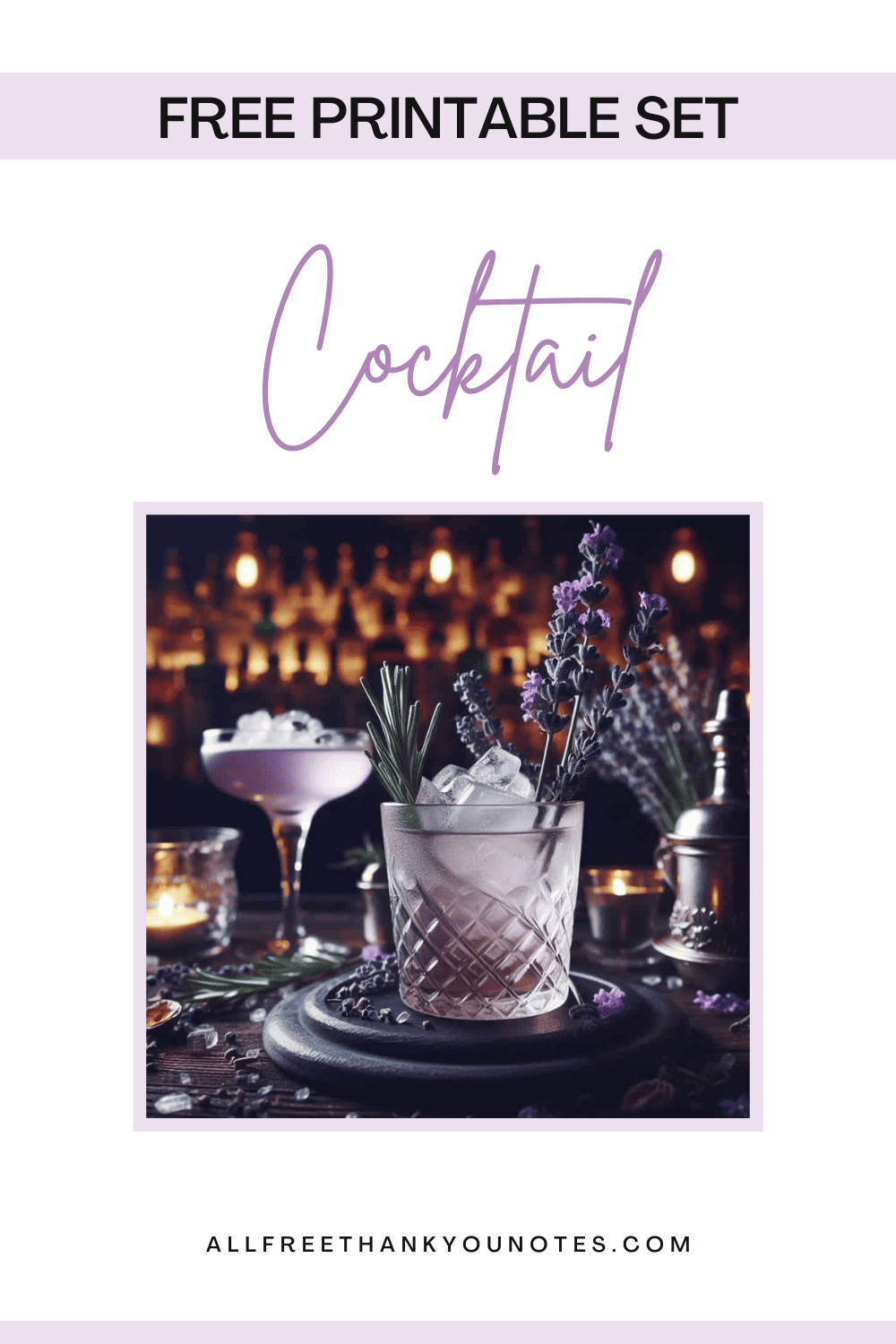How to Sign Off in any Email
Signing off in an email is just as important as its content. In a way it’s a big thank you for reading, which is acknowledging the time the reader has spent reading and responding to your email. Signing off is the way you end your email and it happens to make a very big difference to the tone of the email overall. If it’s a personal email, then you will end it differently to a business email. Consider the person who is reading the email and what their relationship to you is. If it’s your boss then you will sign off more respectfully than if it’s a casual acquaintance.
Ending an email properly makes a huge difference; it motivates the receiver and leaves him or her with a positive impression of you. The idea is to show respect without sounding too overly familiar – unless you and the receiver have a close relationship (i.e. friends, family, etc). Most letters need to be written in a conservative and professional manner, and it’s the same with how you end your email. Sometimes even a thank you email, can end up appearing rude due to the wrong sign off being used.
A Thank You Email
We are all about being thankful so expressing your gratitude in an email is going to be a bit different to writing a thank you note. Also making the situation more complex is business thank you emails will be worded quite differently to a casual thank you email. Note that sarcasm does not come across well in an email, text or other written form so try and avoid sarcasm or humor. We want to say thank you, not alienate people.
Some examples of this might be:
Thanking a potential employer for the job interview – In this case you need to keep it professional without coming across too needy. So a brief ‘thank you’ is often appreciated, however don’t follow it up with numerous emails as this will not be received well.
Thanking a friend for doing something for you – A lot of times this is much nicer to do in person or with a lovely handwritten thank you note, or even a bunch of flowers, depending on how big the favour was. This will be quite a casual email, but some nice words followed by an appropriate sign off will make the person more likely to help you in the future if they feel more appreciated.
Thanking a colleague for something on the job – At work, thanking your colleagues is vital to maintain positive work relationships. It’s always nice to receive thanks at work, as many people don’t get enough recognition and it leads to unhealthy situations. Keep this one brief and to the point. Name what they did, name how it assisted you and thank them for their efforts. Keep this one formal and avoid emojis as it might give the person the idea that you are friends, when you are only doing a professional courtesy.
Email Etiquite
Email is a fast and efficient way to communicate, but in order to stay productive and be respectful of your coworkers’ time, it’s important to follow a few rules of email etiquette. This list of do’s and don’ts will help you with everything from when to send an email to when to reply to an email so that you can have productive, organized conversations with your coworkers without being annoying or disrespectful.
When we send emails to our co-workers, we usually sign off in friendly, personal ways: Take care! Talk soon! Thank You! It’s common courtesy for us to be human when communicating with other people in our workplace. Unfortunately, that common courtesy often falls by the wayside when we send mass emails or when we email people outside of our offices. We all know not to send mass emails that end with Sent from my iPhone. But what about those other situations? Is it okay to use a standard Best regards at the end of your email (or an even blander version like Sincerely)? And is it ever okay to use something less formal than Dear Mr./Ms. [Last Name]? Or should you just stick with a simple [First Name]?

Some Email Sign Off Ideas
Here are some email sign off ideas to make your emails more appropriate and also to give you an idea of what others are doing. To help you find the right expressions to use, here are some examples:
“Thanks”, “Thank You”, “Much Appreciated” – Courteous, but casual. Use this if you are actually thanking the sender, and if you actually know him/her.
“Ciao”, “Cheers” – This should only be used for close friends, family or workmates.
“Sincerely”, “Yours Sincerely”, “Sincerely Yours”, – Great for letters, not so much in emails. However, this is commonly used for job application emails or to people you don’t know very well. It indicates you’re being true about your message and its content.
“Yours Faithfully”, “Faithfully Yours”, etc. – This sign-off hasn’t been used in emails for the past 10 years or so. It’s old-fashioned, and there are more modern terms to use these days.
“Regards” – While the term might seem standoffish, it’s one of the most commonly used, even amongst people you have a good relationship with. It’s less formal and more friendly. It gives a distant feel, but it’s short and sweet. Be mindful however of how you use this by making sure your end sentence (in the message body) fits this term properly.
“Kind regards”, “Kindest regards” – This sign-off is a little more formal than the popular “Best Regards” as it conveys a little more kindness to the message. It’s great to use this in a professional setting where you feel comfortable with the receiver, or when you have corresponded with him/her in the past.
“Best regards” – Used for most kinds of correspondence. The term can be used formally in a business email, and informally in a birthday card or a personal letter. It conveys both respect and sincerity for the recipient’s well-being.
“Warm regards”, “Warmest regards” – This term is more likely used in a ‘festive’ message or when you want to convey warmth to the message, such as in greetings for the holidays or in showing condolences.
“Best”, “All the best” – Good for any business signoff, but “Best regards” is better. It’s informal and casual, and great to use with someone you know really well.
“Truly”, “Yours Truly” – Excellent for highly formal business emails, but too formal for anywhere else.
“Thanking You” – This is a good one to end an email that is a request for something. It’s sort of saying I appreciate it. For example a request for a price list or some other business request. Its not formal but it’s not personal either.

Ending things via Email
Ending any email with the right signoff shows how you present yourself in both professional and personal exchanges. Always consider the context of the email before choosing the best signoff to end it. Our blog concentrates on thankfulness and spreading joy. With this in mind, we have created thousands of ways for you to say thank you. With plenty of ways to say thank you to the people that mean the most to you. For example school teacher, essential worker, partner, gift giver and so many more ways to pratice thankfulness every day.
Business Email Do’s and Don’ts
You’re a busy person, and you don’t have time to waste on email from people who don’t know how to write an effective email. So before you hit the send button, read this guide on six things you can do to improve your email etiquette so you can keep your messages clear and concise without the extra fluff that makes your messages take longer to read and less likely to be opened.
Here are 6 business email do’s and dont’s to keep your emails professional and to the point which hopefully results in more opens.
6 Do’s and Don’ts of Email Etiquette
Do.
Keep your email short. If you’re trying to sell a product or service, keep it under 100 words. You need to get in, make your point, and get out. If you want to cover multiple points, break up your email into separate messages. Short emails are easier for recipients to read quickly. People respond better when they can process your message without feeling overwhelmed by details or lengthiness.
Don’t.
Give yourself a headache by confusing others with imprecise language. It’s not just emails that can get lost in translation: think of what happens when you call someone and, after five minutes of back-and-forth conversation, discover you’re on different pages! The most important way to avoid misunderstandings is to be clear and direct in your communications.
Do.
Respect everyone’s time. Unless you want to be thought of as pushy, unsubscribe from anyone who isn’t engaged with your messages. Avoid emailing people at all times of day unless they’ve given their permission or it’s a work-related question. If someone needs an immediate response, contact them through other means (phone or text) to make sure you don’t interrupt their family time.
Don’t.
Write Short, Concise Emails: You might think you’re saving time by writing long emails, but short ones are actually better for your (and your recipient’s) well-being. The body of an email should be 1-2 sentences or at most 1-2 paragraphs to get your point across. If it takes longer than that, you may want to consider scheduling a call instead. Either way, keep it brief!
Do.
Be brief. Write in short, concise sentences using proper grammar. Make your emails easy to read, otherwise you risk losing your reader’s attention.
Don’t.
Unless you’re sending an email to your best friend, don’t use emoticons. Using them could make you seem sarcastic, rude or indifferent toward your recipient. Emoticons are for text messages between friends, not professional emails.
Ending it.
One of your objectives when sending an email is to get your point across, while another is to make a positive impression. The tone you use in closing your message can set you up for success or failure. Avoid using platitudes (Thanks again!) or meaningless fluff (Let me know if there is anything else I can do for you!). Instead, demonstrate that you are professional by providing specific action steps or offering encouragement. If you are really thankful, then you will take the time to end your email in a way that makes the reader glad they spent the time reading your communication. If you are thanking a friend, keep it less formal. Try to avoid being overly familiar with work colleagues.





